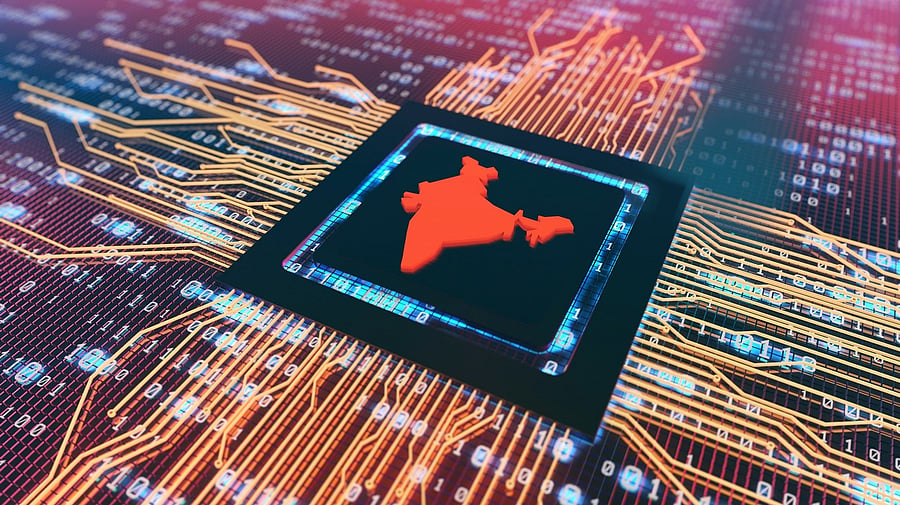
Illustration for representational purposes.
Credit: iStock Photo
Bengaluru: China’s low cost artificial intelligence (AI) model DeepSeek R1 spurred a debate about India’s position. China has invested heavily in its AI ecosystem, starting with it being the base for an eighth of the world’s top AI researchers while India has none, as per the recent ‘Indus Valley’ report by Blume Ventures.
Data by Statista shows that India has around 6,200 AI startups as of 2024, with the central government announcing the setting up of a centre of excellence (CoE) in AI for education with a total outlay of Rs 500 crore.
However, it is expected India will have its home grown foundational models emerging in the coming 12-18 months given the government support and the emergence of teams keen to build India’s first foundational model, the report stated.
The Australian Strategic Policy Institute identified that China led in just three of 64 critical technologies in the years from 2003 to 2007, but is the leading country in 57 of 64 technologies over the past five years from 2019 to 2023.
Apart from this, even a resource and a fund challenge exists for building this emerging technology. Training AI models is highly expensive as the availability of data is saturating and high-quality data acquisition costs are rising while AI’s energy requirements are no mystery, Blume says.
A recently published Bloomberg analysis estimated that powering data centres for AI around the world is expected to reach up to 1580 terawatt-hours, which is as much electricity as India consumes.
Meanwhile, even the hardware needs cooling, which is reliant majorly on portable water. Further, these centres require a vast amount of land, one that fulfills the power and water requirements. The chips powering AI are also reliant on a steady supply of minerals such as silicone, gold and other rare earth minerals, as highlighted by the Economic Survey 2024-25. The world’s most populous country with a resource crunch will have to factor these challenges for an anticipated AI boom.
India’s consumption story
Consumer goods companies have been doubling down on their premium offerings while their mass segment continues to suffer. The Blume report attributes this paradox to India's stagnant yet deepening consumption class which is also referred as India1, constituting roughly 10% of the total population.
Data by Blume shows that two-wheeler sales volumes have remained muted following the pandemic and even the domestic air passenger traffic has not grown much. While car sales volume grew only 0.2% annually in calendar year 2024, the premium segment saw a sharp rise with SUVs making up 50% of the total sales in FY24.
Large companies and CEOs have been betting on India's consumption growth story which is impressive, but if looked from a closer lens, its per capita basis metrics look less impressive, reflected in financial products, durables and travel among others. Around 23% of the population contributes to a third share of discretionary spends, while two thirds of it have to dip into their savings for it.
The report also talks about the upswing in the quick commerce industry which is flourishing because India is leapfrogging when it comes to modern retail. Moreover, a combination of low labour cost along with high density cities make quick commerce unit economics work for India.
However, growth projections extending to 128 million monthly transacting users (MTUs) look ambitious as India1’s growth has been low. Hence, the growth in MTUs will thus attract marginal users not power users, and thus orders nearly doubling will be challenging.